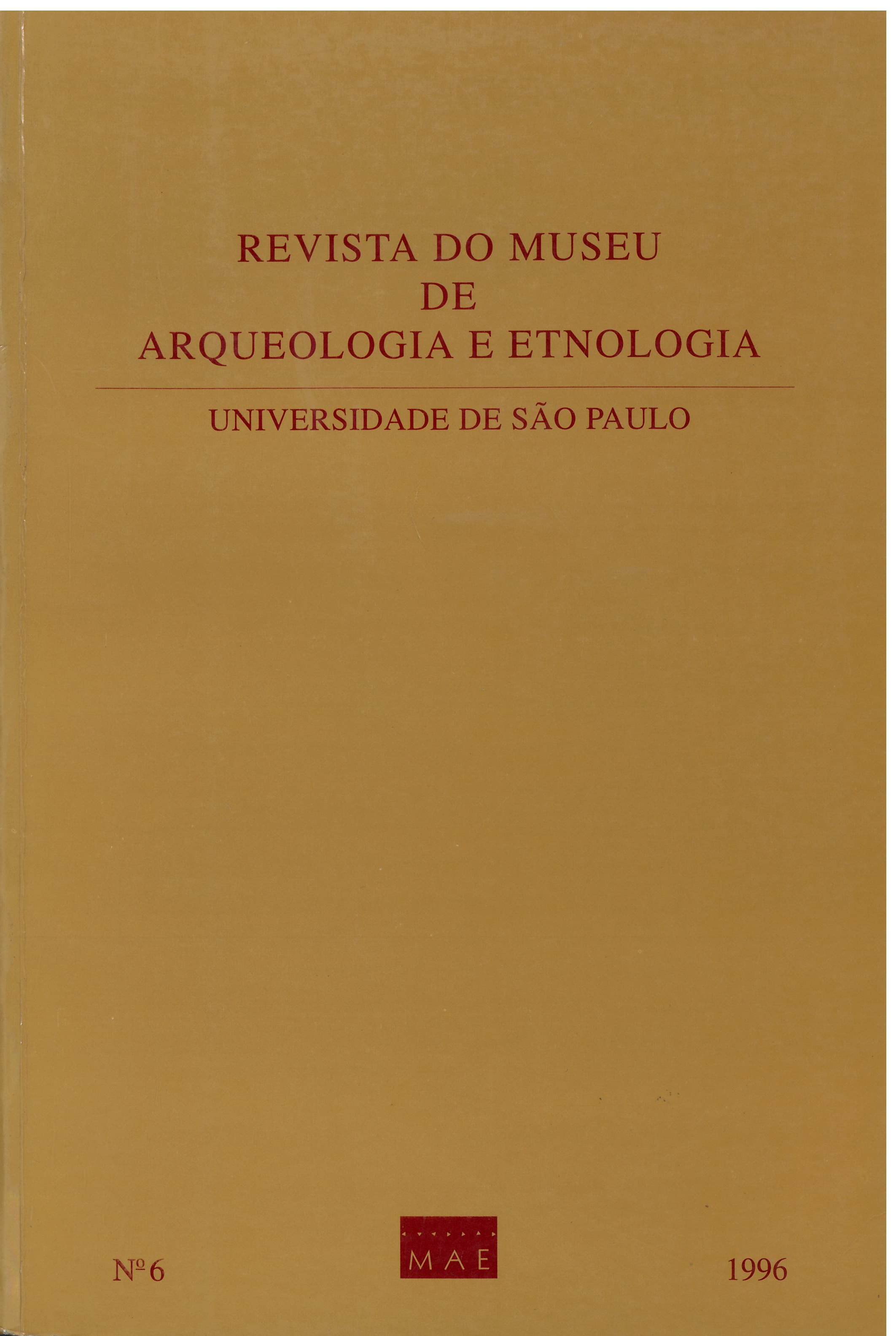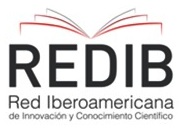Porotic hyperostosis in Indians’ and Mulattos’ skulls from Southeastern Brazil: correlation between calvarium and orbital lesions.
DOI:
https://doi.org/10.11606/issn.2448-1750.revmae.1996.109259Keywords:
Anaemia - Criba orbitalia and calvarium lesions - Indians and Mulattos.Abstract
The research of hyperosteosis on indians and mullatos’ skulls from Southeast Brazil made by the authors correlates calvarium and orbital lesions. This work is added to the various studies published by anatomists, physical anthropologists, physicians and paleopathologists that consider the porotic hyperostosis as a biologic stress marker, deriving from anaemias of different origins. The macroscopic analysis of orbital and calvarim porotic hyperostosis was made within a sample of 409 individuals (141 indians and 268 mulattos), distributed in groups of age and sex. The correlation between the lesions in both groups, racially, culturally and temporally distincts, was based on demographic and anthropological perspectives. In the formation of this pathology, it was also considered the complexity of interaction between biossocial and environmental factors.Downloads
Download data is not yet available.
Downloads
Published
2024-08-02
Issue
Section
Articles
License
Copyright (c) 1996 Marüia Carvalho de Mello e Alvim, Dorath Pinto Uchôa

This work is licensed under a Creative Commons Attribution-NonCommercial-NoDerivatives 4.0 International License.
How to Cite
ALVIM, Marília Carvalho de Mello e; UCHÔA, Dorath Pinto. Porotic hyperostosis in Indians’ and Mulattos’ skulls from Southeastern Brazil: correlation between calvarium and orbital lesions. Revista do Museu de Arqueologia e Etnologia, São Paulo, Brasil, n. 6, p. 155–168, 2024. DOI: 10.11606/issn.2448-1750.revmae.1996.109259. Disponível em: https://revistas.usp.br/revmae/article/view/109259.. Acesso em: 3 jan. 2026.













